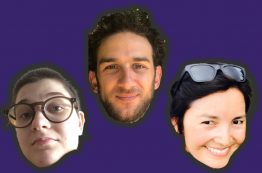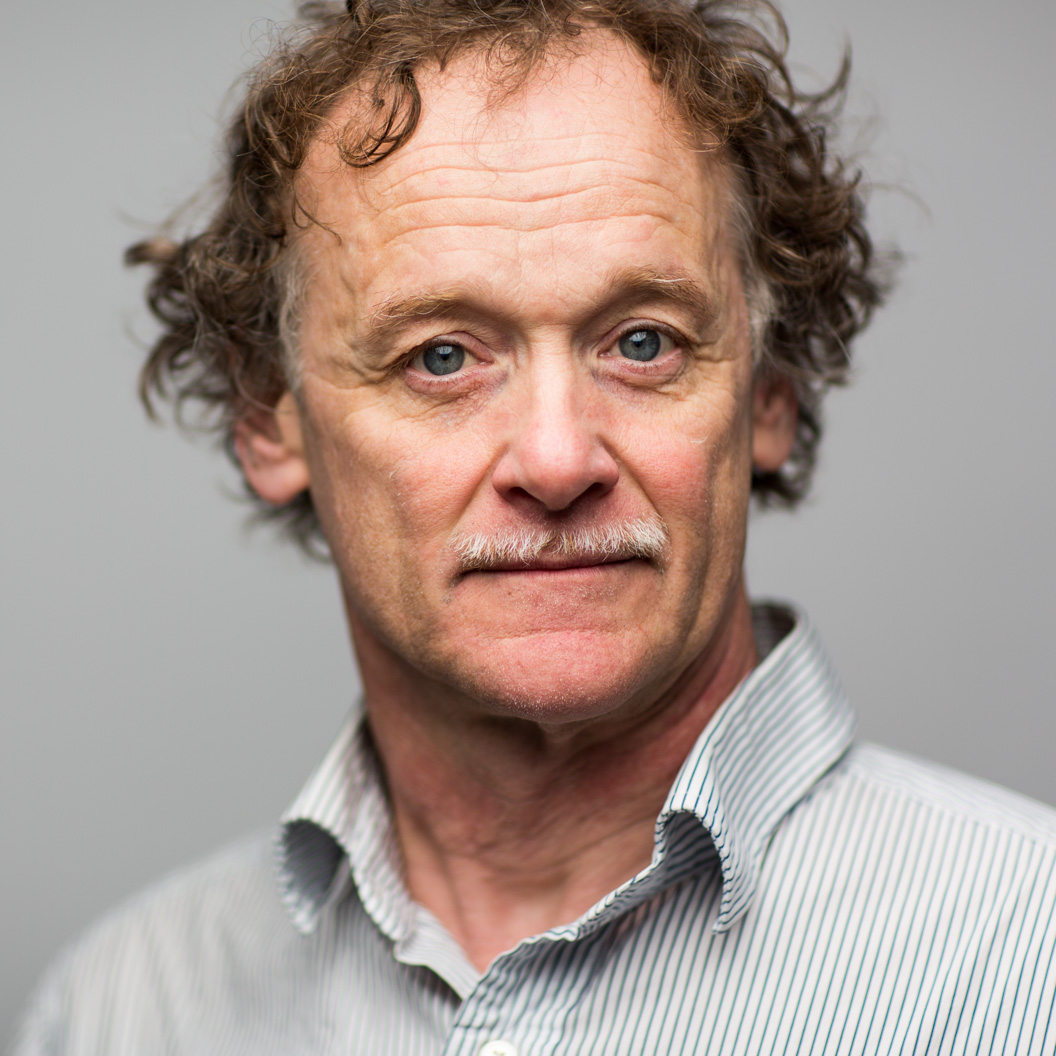It could happen any time, any day. Multiple seismometers — scientific instruments that measure ground motion — detect a 7.0 magnitude earthquake in Washington, Oregon or California. Seismic waves move fast, but seismometers move faster: The data zips from seismometer to processing center at the speed of light (670,616,629 mph), where algorithms calculate the area and intensity of shaking and sound an emergency warning to phones moments before shaking arrives: Drop.
Read more »Equity and Inclusion at the School of Aquatic and Fishery Sciences
Working towards equity and inclusion is a community effort, and one that requires active participation and push for change. The Equity & Inclusion (E&I) Committee is at the helm of advancing diversity, equity, inclusion and justice initiatives at the School of Aquatic and Fishery Sciences (SAFS), and they have been working to make the School and community a more welcoming place.
Read more »UW launches GeoHazards Initiative; names Paros Chair in Seismology and GeoHazards
Leveraging the tectonic laboratory of the Cascadia subduction zone, the University of Washington today announced a new effort to best understand how to study and live with the threats of earthquakes, tsunamis, volcanos, landslides and other seismic hazards. Dubbed the GeoHazards Initiative, the interdisciplinary work aims to develop and promote the adoption of early detection systems both on land and at sea to help prevent the loss of human life and property.
Read more at UW News »Thousands of baby sea stars born at UW lab are sign of hope for endangered species
Just a few days shy of the first day of spring, scientists at Friday Harbor Laboratories on San Juan Island had reason to celebrate. Dozens of juvenile sea stars, no bigger than a poppy seed, had successfully metamorphosed from floating larvae to mini star — the important first step toward becoming an adult. Between now and then, these sunflower sea stars, the largest sea star species in the world, will grow up to 24 arms and a colorful body the size of a serving platter.
Read more at UW News »David Battisti named to American Academy of Arts & Sciences
David Battisti, professor of atmospheric sciences, was recognized amongst leaders in academia, business, philanthropy, the humanities and the arts elected as a 2021 fellow of the American Academy of Arts & Sciences, one of the nation’s oldest and most prestigious honorary societies. “We are honoring the excellence of these individuals, celebrating what they have achieved so far, and imagining what they will continue to accomplish,” said David Oxtoby, president of the academy.
Read more at UW News »





